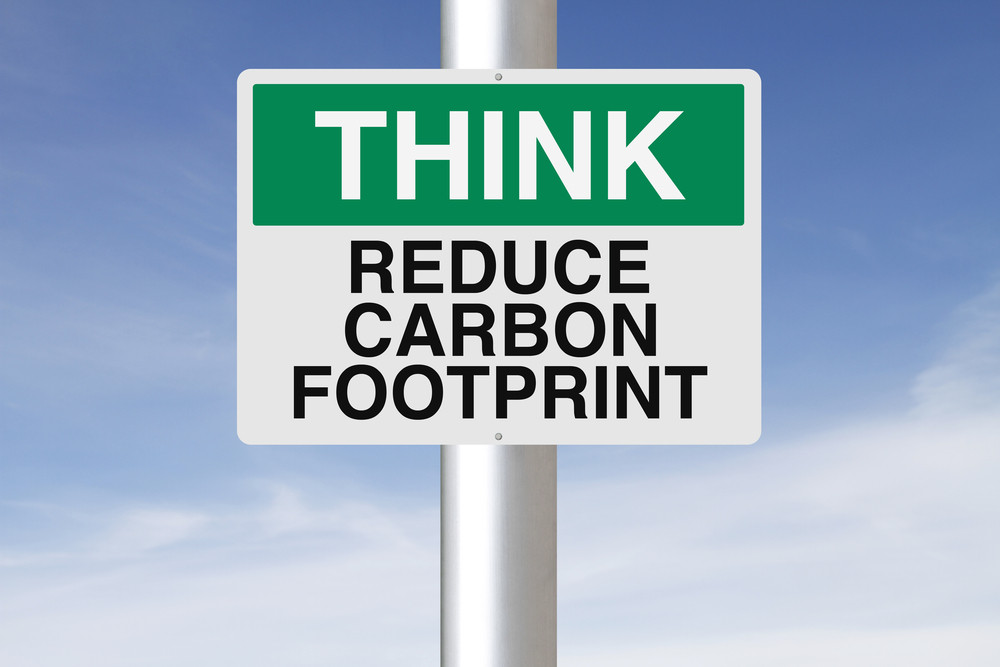
Following these simple tips adds up to big energy savings!
The urgent need to reduce our environmental impact has become increasingly apparent in recent years. As the effects of climate change become more pronounced, it is essential for individuals and organisations to take action towards sustainability.
We can make a positive impact on the environment while also improving our quality of life. Take these small steps towards a more sustainable future.
Minimise your carbon footprint by reducing energy use, consuming fewer animal products, shopping locally, travelling smart, reducing waste, and considering offsetting carbon emissions.
Energy Conservation Strategies
Energy conservation can be achieved through various strategies such as switching off lights when not in use, setting moderate temperature systems, reducing the number of appliances in use, unplugging electronics to prevent phantom power usage, and using compact fluorescent light bulbs (CFLs).
These strategies can help reduce energy consumption, resulting in lower utility bills and a reduction in carbon emissions.
When appliances are not in use, they should be unplugged to avoid phantom power usage, which can account for up to 10% of household energy use.
Using CFLs instead of incandescent bulbs can reduce energy consumption by up to 75%, and they last longer, resulting in fewer replacements and less waste.
Another effective strategy for energy conservation is to use temperature systems wisely. Setting moderate temperatures in both heating and cooling systems can help reduce energy consumption.
For instance, setting the thermostat to 20°C during winter and 25°C during summer can help reduce energy use while maintaining a comfortable environment.
Reducing the number of appliances in use can help reduce energy consumption. For example, using a microwave instead of a conventional oven can save up to 80% of energy. Similarly, using stairs instead of elevators can help reduce energy consumption and improve physical health.
By adopting these strategies, individuals can contribute to a more sustainable future while also saving money on energy bills.
Waste Reduction Techniques
One effective method for decreasing the amount of waste produced is to implement a comprehensive recycling program that targets a variety of materials commonly found in both households and businesses.
This program should include educational campaigns that inform people about the benefits of recycling, such as reducing landfill waste, promoting reuse, and conserving natural resources.
Recycling programs should also provide convenient and accessible collection points for recyclable materials, such as paper, plastic, glass, aluminium, and cardboard.
Another effective waste reduction technique is to promote the concept of ‘reduce and reuse’ before resorting to recycling.
This can be achieved by encouraging people to consume less and to reuse items in creative ways, such as using cloth bags instead of plastic bags, repurposing old clothes for cleaning rags, and using refillable containers for food and drinks.
Companies can also adopt a zero-waste approach by designing products that are durable, repairable, and recyclable, and by reducing packaging materials.
By adopting these waste reduction techniques, individuals and businesses can significantly reduce their environmental footprint and contribute to a more sustainable future.
| Waste Reduction Techniques | Benefits | Examples |
|---|---|---|
| Comprehensive Recycling Program |
|
|
| Reduce and Reuse |
|
|
| Zero-Waste Approach |
|
|
Transportation Alternatives
Transportation alternatives can play a significant role in reducing carbon emissions and promoting sustainable living.
One of the most effective ways to reduce carbon emissions from transportation is to walk, bike, or carpool whenever possible.
This not only reduces the amount of carbon emissions released into the atmosphere, but it also helps reduce traffic congestion and improve air quality.
Using alternative transportation such as buses, trains, or bikes can be a cost-effective way to commute to work or school. Driving efficiently is another way to reduce carbon emissions from transportation.
This includes avoiding rapid acceleration and braking, maintaining a reasonable speed, and keeping tires properly inflated.
Choosing direct flights when travelling by air can also reduce carbon emissions as layovers and connecting flights often require additional takeoffs and landings, which produce more carbon emissions.
Raising awareness about the importance of reducing carbon emissions from transportation can help encourage others to adopt sustainable transportation habits.
Frequently Asked Questions
What are some specific examples of ways to reduce energy consumption in the workplace?
To reduce energy consumption in the workplace, turn off lights when not in use, set moderate temperature settings, unplug electronics to prevent phantom power usage, power down computers, and use stairs instead of elevators. Also, promote carpooling and use public transport.
How can individuals reduce their carbon footprint beyond just energy conservation and waste reduction?
Individuals can reduce their carbon footprint by consuming fewer animal products, shopping locally, travelling smart, reducing waste, and offsetting carbon emissions. It is a complex issue and requires awareness about greenhouse gases, climate change, and global warming.
Are there any materials that should be disposed of differently?
Some materials cannot be recycled and should be disposed of properly, such as plastic bags, styrofoam, and certain types of glass. Research local recycling guidelines and properly dispose of non-recyclable items.
How do different modes of transportation affect carbon emissions and what is the most eco-friendly option?
Different modes of transportation have varying carbon emissions, with cars having the highest and trains having the lowest. Walking, biking, and carpooling are eco-friendlier options. The most sustainable choice depends on the distance, location, and availability of alternative transport.
How can schools involve students in promoting eco-friendly practices beyond just implementing changes in the school itself?
Schools can involve students in promoting eco-friendly practices by organising community clean-up events, educating students about sustainable living, partnering with local organisations, and encouraging students to take their eco-friendly habits home.
Become part of the solution for climate change
By conserving energy, reducing waste, and making conscious choices about transportation, we can all contribute to a healthier planet.
We have the power to make a difference, and by taking small steps towards an eco-friendlier lifestyle, we can contribute to a healthier planet for future generations.
Contact us to learn more about how we can assist you to become part of the solution on climate change.


